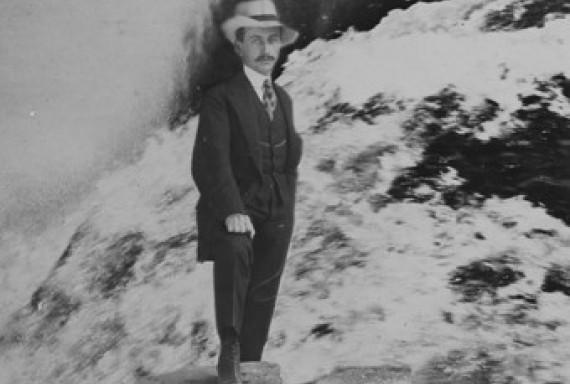His life
Jean Monnet was born in 1888 in Cognac, in the French department of Charente, to a family of wine producers, so the coming and going of foreign clients was part of his childhood.
He became involved in the family business at the age of 16, which gave him the opportunity to travel, first to London to train as a merchant, then to Canada, the United States, Russia and Egypt to sell the J.G. Monnet & Co cooperative’s cognac.
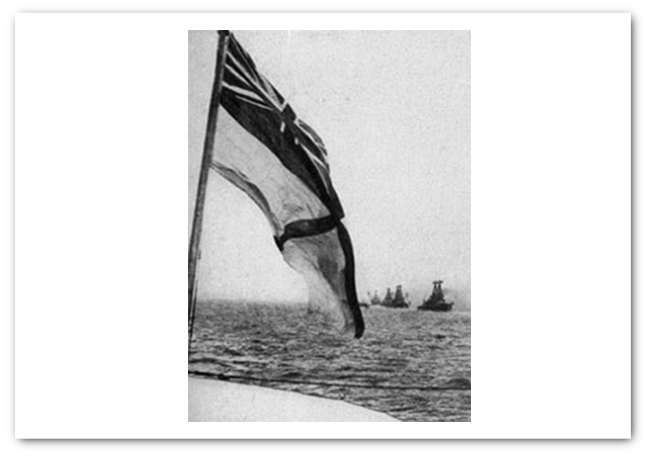
Discharged from military service in 1908 for health reasons, Jean Monnet was not called up at the time of the general mobilisation in 1914 but wanted nevertheless to participate in the war effort.
To his family’s surprise, at the age of just 26 he was granted a meeting with Prime Minister René Viviani to put forward his views on the coordination of resources.
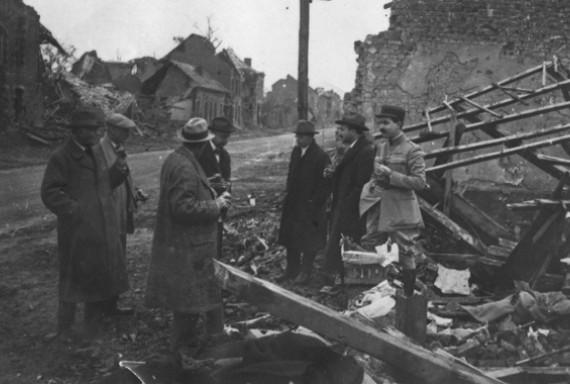
He was then sent by the French government to London, where he set up a Franco-British pool to jointly manage supplies and maritime transport.
His effectiveness as a planner during the First World War raised his profile among the political decision-makers of the time. He was appointed Deputy Secretary-General of the League of Nations in 1919, a position he held until 1923.
From then, he continued to build a broad network of contacts, first as an international banker and then as a financial advisor to a number of governments.
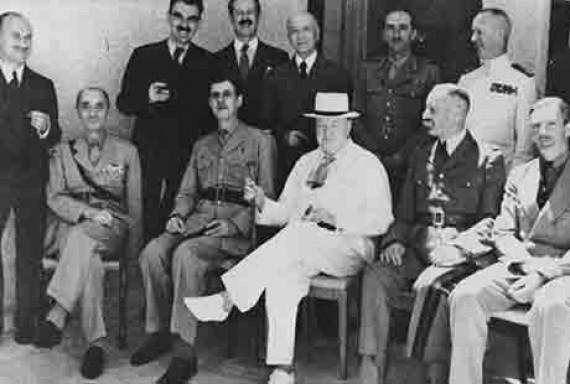
At the start of the Second World War he proposed a bold new idea: a Franco-British Union to confront the advance of Hitler’s Germany. But the idea came too late – a few weeks later Marshall Pétain signed the Armistice Treaty.
Rejecting the collaborationist Vichy regime, Monnet offered his services to the British and American governments to continue the fight against the fascist regimes.
In 1943 he was appointed to the French Committee of National Liberation (CFLN) in Algiers.
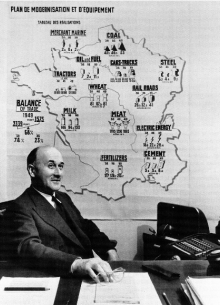
In the aftermath of the Second World War, General de Gaulle instructed Jean Monnet to draw up a recovery plan for France to deal with the collapse of its economy.

The main instigator of the first steps towards European integration, Monnet continued a life of activism into his later years through the Action Committee for the United States of Europe, which he set up in 1955 with his own funds.
In 1975 he retired to his house in the village of Houjarray, where he wrote his Memoirs, an account of his efforts to achieve European unity.
Timeline
- 9 November 1888Born in Cognac to a family of wine spirit merchants
- 1904-1908Training and travelling abroad for the family business
- 1916Creation of the Inter-allied Shipping Committee (London)
- 1919-1923Deputy Secretary-General of the League of Nations
- 1939Chair of the Franco-British Coordinating Committee for Allied Resources
- 1941Helps President Roosevelt with the implementation of the ‘Victory Program’ for making the United States the ‘Arsenal of Democracy’
- 1943Member of the CFLN in Algiers
- 1950Drafting of the Schuman Declaration
- 1951Signing of the ECSC Treaty – Monnet was elected as the first president of its High Authority
- 1955Creation of the Action Committee for the United States of Europe
- 1976Retirement and writing of his Memoirs in Houjarray
- 1979Jean Monnet dies on 16 March and is buried at the cemetery in Bazoches-sur-Guyonne (Yvelines)
- 9 November 1988Jean Monnet’s ashes are transferred to the Panthéon in Paris

